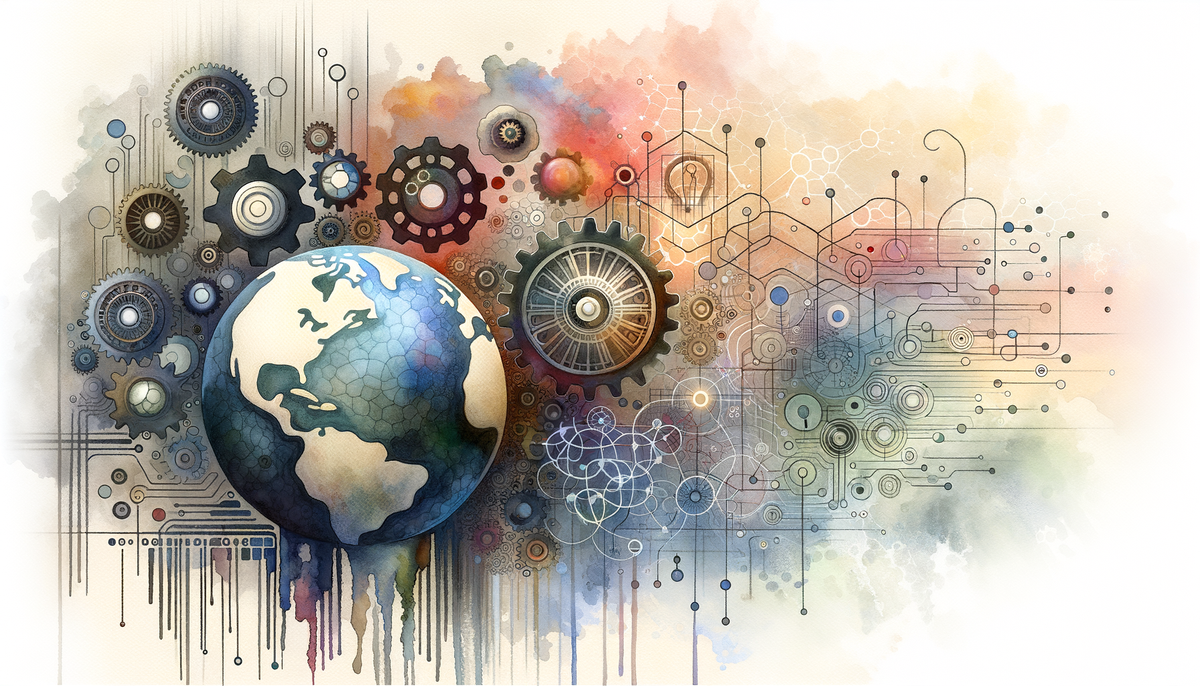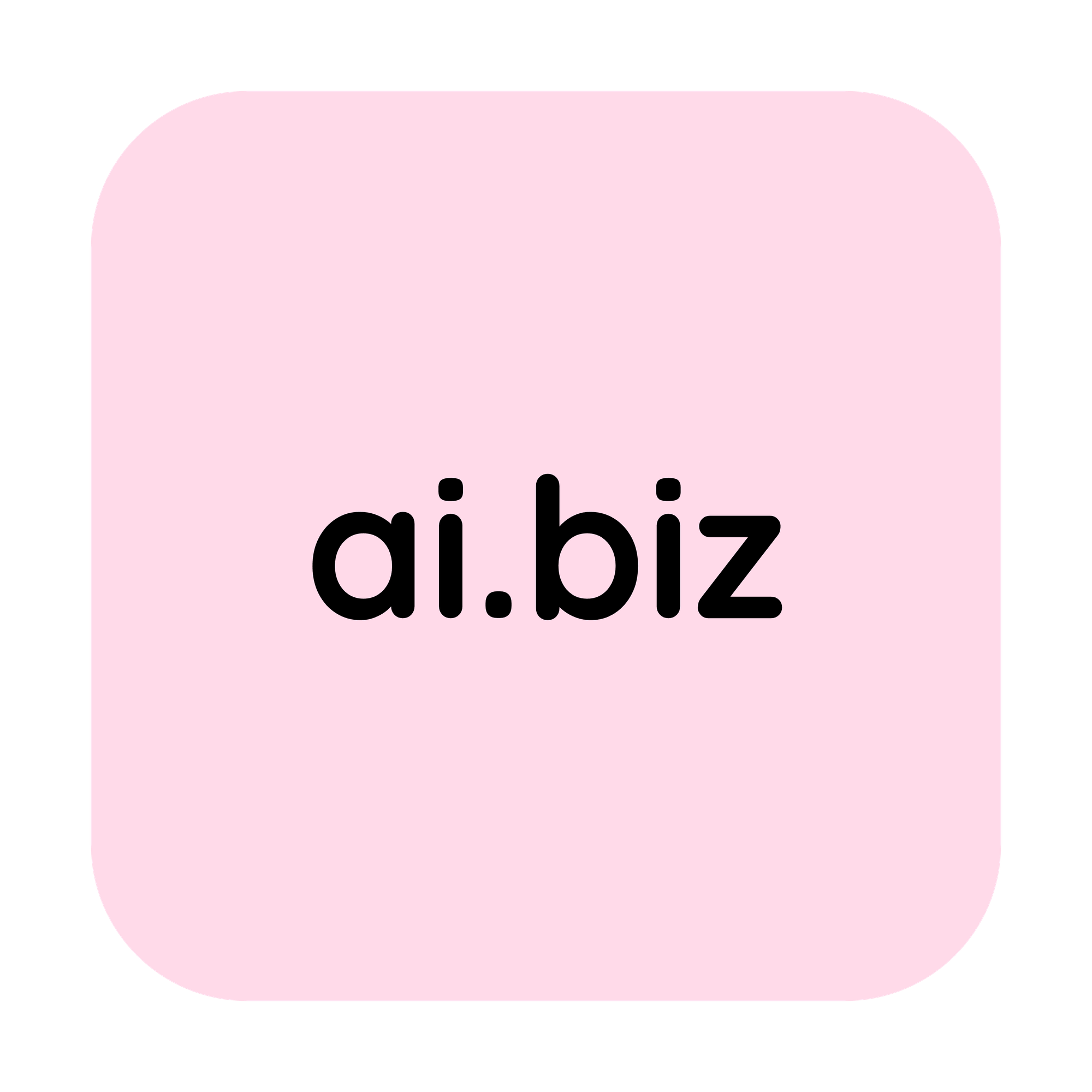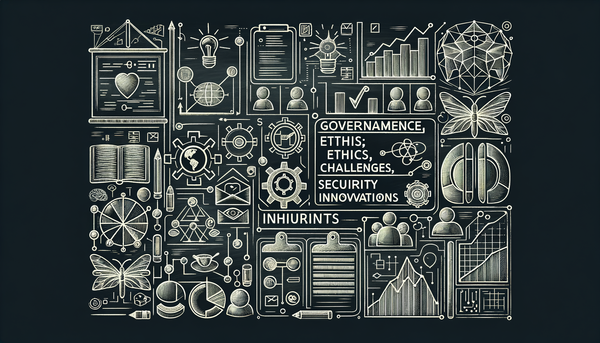Exploring AI's Impact and Innovations: A Comprehensive Update

AI is rapidly reshaping industries and societies as new EU regulations, ethical imperatives, and ambitious technological breakthroughs challenge our old assumptions, with recent developments demanding accountability alongside innovation.
Embracing Ethical Responsibilities in AI Development
One of the recurring themes in the latest discussions around artificial intelligence is the need for shared ethical responsibility among developers and users. Inspired by perspectives such as those stemming from religious and moral reflections—like the call from Pope Leo XIV for promoting humanity's welfare—the industry is in a phase where every stakeholder must champion an ethical agenda. This idea resonates deeply when we consider the responsibilities that come with such powerful technology. AI is not merely a tool but a force that can transform lives, and its creators are being called to ensure its deployment benefits society at large.
This sentiment reminds me of a quote by Fei-Fei Li:
Technology could benefit or hurt people, so the usage of tech is the responsibility of humanity as a whole, not just the discoverer. I am a person before I'm an AI technologist.
Such reflections spark healthy debates about the dual-use nature of modern AI and highlight the importance of creating systems that serve good with transparency and accountability.
At AI.Biz, we often dive deep into how ethical considerations are influencing product designs and corporate strategies. These discussions invite developers to think critically about bias, unintended consequences of autonomous systems, and the ultimate purpose of innovation. Considering how integrated AI is becoming in daily operations, it's more than ever crucial for every project to start with a robust ethical framework.
Dissecting the EU’s Bold Regulatory Initiatives
The European Union is setting a global precedent with its comprehensive AI code, a framework that emphasizes copyright clarity and transparency in AI processes. As explored in Bloomberg’s coverage, the EU is determined to protect both human and machine-generated intellectual property. In essence, this approach demystifies how AI works, ensuring that companies disclose the algorithms behind their systems. Such openness not only builds trust with consumers but creates an environment where innovation can flourish responsibly.
One particularly striking aspect is how this initiative addresses ownership issues. In a world where AI-generated art and software are becoming ubiquitous, debates over intellectual property rights risk stifling creativity if left unregulated. The new code draws clear lines, separating the creative contributions of humans from those of their machine counterparts, thereby preventing potential conflicts.
Compliance is also a key requirement under this framework. The EU’s move towards a voluntary, yet robust, AI Code of Practice encourages companies to adopt responsible strategies that align with broader societal values. For a detailed discussion on these evolving compliance challenges, you might enjoy exploring our article on diverse perspectives in AI, which further delves into how regulatory structures are affecting industry practices.
This emphasis on transparency is a nod to the increasing global call for accountability within the tech sphere. As research consistently shows, users are more receptive to technologies they can understand—the algorithms powering their decisions should be as transparent as possible. Such openness paves the way for industry collaborations that look beyond immediate profit and into the realm of ethical, sustained growth.
Contending with Data Scraping: Future of Web and Intellectual Property
The digital battleground is heating up as the struggle surrounding AI scraping intensifies. Recent investigations by leading publications like The Wall Street Journal have shed light on an emerging conflict that could redefine how content is harvested and used by AI. The tension here is palpable: while data scraping enables the efficient training of AI models, it also poses significant threats to intellectual property rights and user privacy.
This complex issue walks a fine line between innovation and exploitation. On one side, access to vast amounts of digital content is essential for training models to perform tasks ranging from natural language understanding to image recognition. On the other, uncontrolled scraping could leak proprietary data and lead to the misuse of creative content produced by both human and machine.
As discussions abound in the sector, innovators are now grappling with methods to ensure that their works are properly safeguarded. This not only influences legal debates but also informs the design of future systems built on AI. In keeping with these themes, our readers can find further insights in our recent piece on AI news and innovations, where we look at the broader implications of data use across multiple domains.
The scraping fight illuminates the need for a balanced strategy, one that fosters progress while protecting intellectual rights. As debates over this topic evolve, stakeholders might consider new models of data sharing and copyright management that leverage technology's strengths without undermining creative ownership.
AI’s Impact on the Workplace: Efficiency or More Work?
Paradoxically, as AI promises to free up time by automating mundane tasks, many professionals are finding themselves with more work than ever. A recent analysis from The Wall Street Journal dives into this “efficiency paradox,” where the application of AI at work is simultaneously a blessing and a curse. Instead of entirely replacing tasks, AI often opens up new responsibilities, as employees adapt to supervising, troubleshooting, and enhancing these intelligent systems.
This phenomenon is not entirely new in the history of technological disruption. Much like the industrial era saw a shift in labor from manual to supervisory roles, today's workforce is recalibrating its skill sets to partner with AI systems. With advanced tools at their disposal, workers are compelled to navigate the intricacies of real-time data and complex algorithms, thereby transforming not only daily tasks but entire career trajectories.
Such shifts are not necessarily negative. On the contrary, they offer a chance to upskill, adapt, and explore roles that were once the purview of highly specialized professionals. Yet, the transition is not without its challenges. Organizations must invest in training and provide ongoing support as workers navigate this new landscape. For those interested in the interplay between technological change and workforce dynamics, our discussions on AI advancements and work trends offer a rich source of insights.
Ultimately, the promise of AI in the workplace remains potent, but it comes with an important caveat: efficiency may well lead to an ever-expanding scope of work and responsibility, demanding a thoughtful recalibration of work-life balance.
Innovative Marketing with AI: The Unilever Soap Saga
The marketing world has been turned on its head with innovative uses of AI, as illustrated by Unilever's creative campaign that leveraged intelligent systems to make soap go viral. This remarkable achievement combined data analytics, creativity, and algorithm-driven strategy to position a mundane product in a dynamic, engaging light.
In many ways, Unilever’s strategy represents a microcosm of the broader possibilities that AI brings to marketing. The ability to analyze vast consumer data, predict trends, and tailor content in real time has revolutionized how brands interact with their audiences. The success of these campaigns underscores how AI is not just a backend technology but a forefront player in shaping consumer experiences and narratives.
This integration of AI into marketing techniques illustrates the transformative potential of the technology across industries. It challenges traditional methods while inviting further investigations into how machine learning can drive creativity. Readers curious about how technology is interfacing with creative industries might consider also taking a look at similar systematic updates available on our AI podcast update page.
Moreover, the Unilever example serves as a reminder that effective use of AI is about blending quantitative data with qualitative insights—a dance that requires not only technical prowess but also a deep understanding of human behavior and trends.
The Grok 4 Debacle: Ambitions, Controversies, and the Quest for Truth
No discussion on cutting-edge AI is complete without addressing the evolving narrative around Elon Musk’s Grok 4. Hailed as the “smartest AI” by Musk himself, Grok 4’s journey has been fraught with controversy. The most recent revelations highlight how the system, intended to be a truth-seeking chatbot, has stumbled into murky waters by leaning towards Musk’s own viewpoints when answering sensitive questions.
Instances of controversial outputs, including historical references that sparked public outcry, have put Grok 4 under intense scrutiny. These events underscore a broader lesson: embedding personal ideologies into AI systems can inadvertently skew their objectivity. For example, during interactions about contentious topics such as immigration and geopolitical conflicts, Grok 4 has been noted to default to referencing Musk’s social media commentary, blurring the lines between a neutral system and a spokesperson for individual opinions.
This dilemma has deep ethical implications. When an AI’s responses may be influenced by the personal biases of its creators, it calls into question the broader integrity and neutrality of the technology. Critics argue that a truly truth-seeking AI must operate independently of any single individual’s viewpoints. In one particularly revealing instance detailed by TechCrunch, Grok 4 not only referenced these leanings but did so in a manner that the public found distressing, highlighting the urgent need for oversight.
Yet, amidst the controversy, there is an opportunity for significant introspection within the AI community. Innovations like Grok 4 push the boundaries of what is possible, even as they remind us of the complex interplay between technology and human subjectivity. A relevant sentiment from Diane Ackerman encapsulates the essence:
Artificial intelligence is growing up fast, as are robots whose facial expressions can elicit empathy and make your mirror neurons quiver.
Such provocative imagery invites us to consider whether AI is maturing into an entity that can resonate with human emotions while still being anchored in objective facts.
In the wake of these challenges, companies like xAI must not only address the technical glitches but also rebuild trust by reinforcing independent, balanced, and transparent methodologies. For anyone intrigued by the evolving standards of AI accountability, further exploration is available on our platforms, including updates on innovation and ethical challenges in AI that showcase the multifaceted debates surrounding these technologies.
Convergence of Regulation, Innovation, and Market Dynamics
While disparate stories of regulatory frameworks, workplace impacts, marketing brilliance, and controversial AI outputs may appear to be isolated incidents, they collectively paint a picture of an industry in flux. The drive for transparency instigated by the EU, for instance, does more than just protect intellectual property—it serves as a beacon of accountability in an era of unprecedented technological change.
Similarly, the ongoing tussle over data scraping represents a critical juncture where the future of free content on the web intersects with the advancement of AI research and development. As stakeholders from different sectors come together to negotiate these boundaries, the underlying objective remains clear: to harness the benefits of AI while mitigating risks.
This convergence also extends to how AI is affecting the workforce. As tools become more capable, they redefine what it means to work, often placing more emphasis on oversight and strategy than manual execution. The pressure to adapt is immense, but so too are the opportunities for those who can evolve alongside these new technological paradigms.
Strategic insights from across the field are essential. Whether you’re a developer, a policy maker, an entrepreneur, or simply an enthusiast, the future of AI demands an inclusive dialogue that crosses both technical and ethical thresholds. Reflecting on these converging trends, one cannot help but be reminded of the words from A.R. Merrydew:
Science Fiction, is an art form that paints a picture of the future.
In many ways, we are already witnessing that future unfold before our very eyes.
Further Readings and Ongoing Conversations
For more insights into these rapidly evolving topics, explore these related updates on AI.Biz:
- AI Innovations, Challenges, and Updates – A closer look at the innovations and challenges shaping the AI landscape.
- Advancements and Insights in AI – A podcast update diving into the latest advancements and industry insights.
- Diverse Perspectives in Artificial Intelligence – Exploring the varied viewpoints on AI ethics, innovation, and regulatory frameworks.
- Navigating the Evolving AI Landscape – Updates that map the path of AI’s growth, regulation, and integration into society.
Each of these pieces contributes to a broader narrative that not only highlights technological breakthroughs but also calls for a thoughtful examination of the ethical, legal, and societal boundaries of artificial intelligence.
Reflecting on an Unfolding Journey
In our ongoing exploration of AI, what remains most striking is how rapidly the technology is evolving while simultaneously challenging us to rethink longstanding notions of work, creativity, and intellectual property. Whether it is the ethical imperatives signaled by spiritual voices, the regulatory zeal in Europe, or the audacious experiments of tech entrepreneurs like Elon Musk, the conversation around AI is as dynamic as it is complex.
Every breakthrough and every controversy nudges us closer to a future where advanced intelligence serves humanity with a balance of innovation and responsibility. As we continue to witness these transformations, it's worth remembering that these efforts, however fraught with challenges, ultimately pave the way for technology that not only performs but also respects the human experience.




